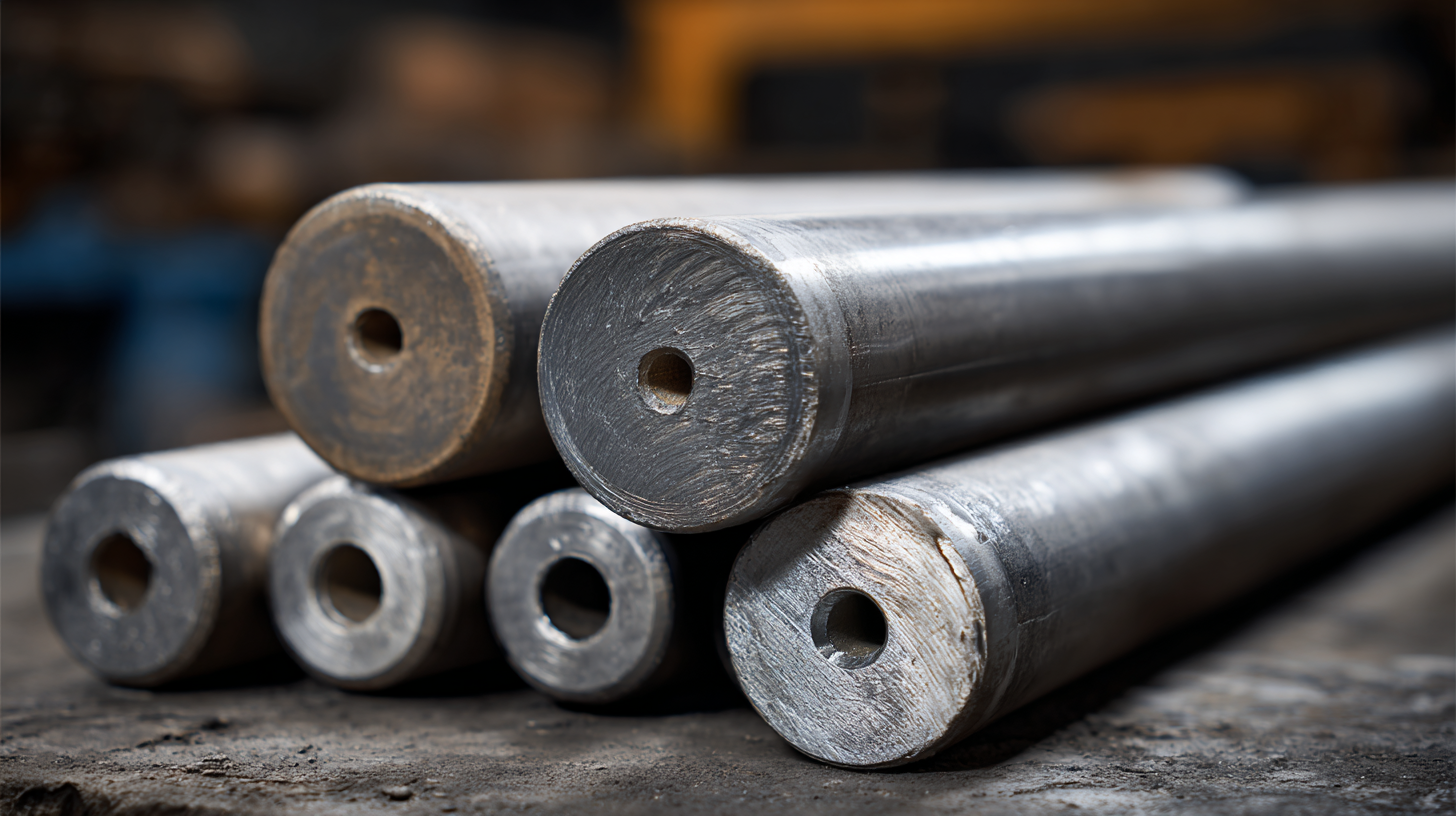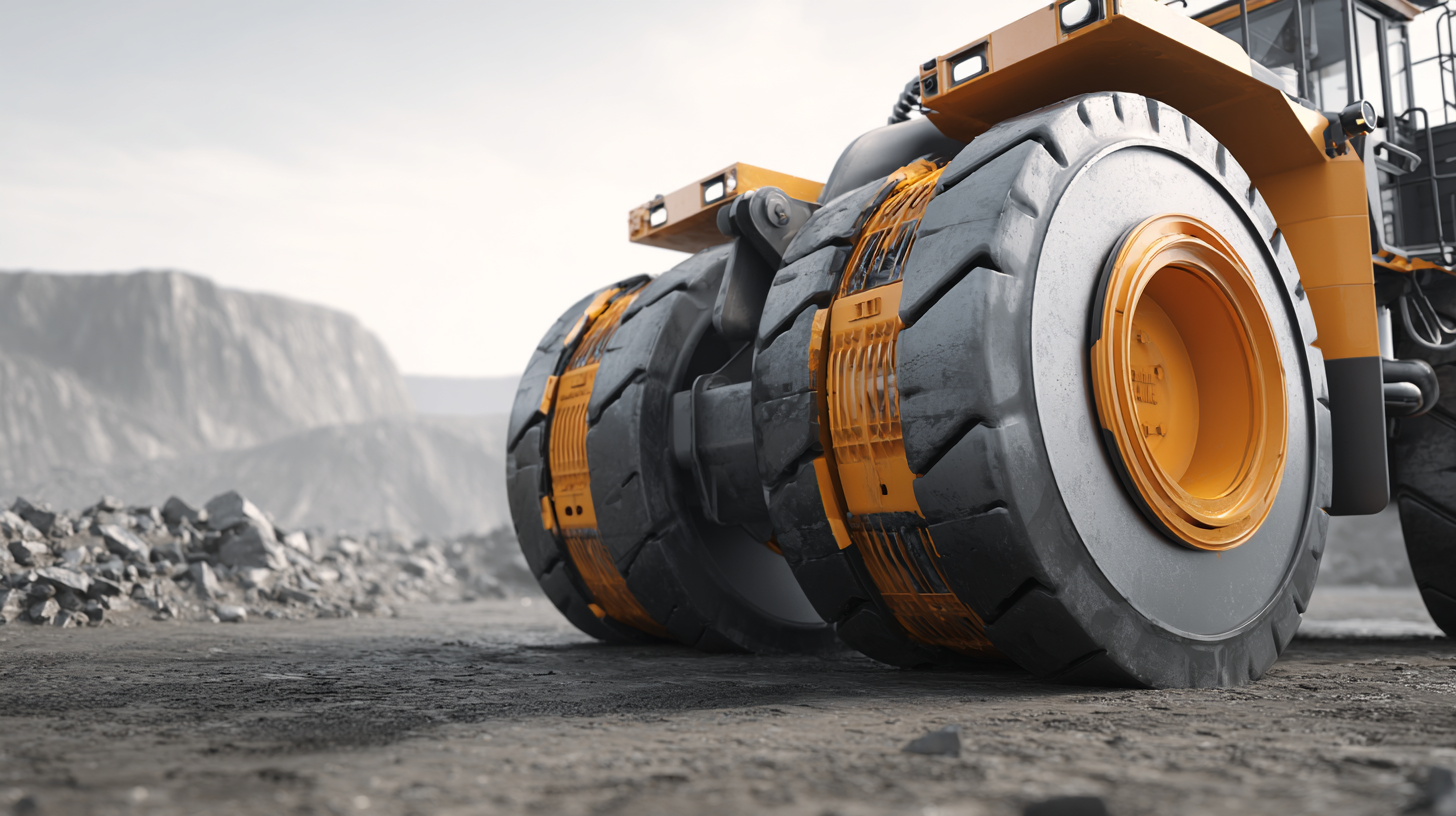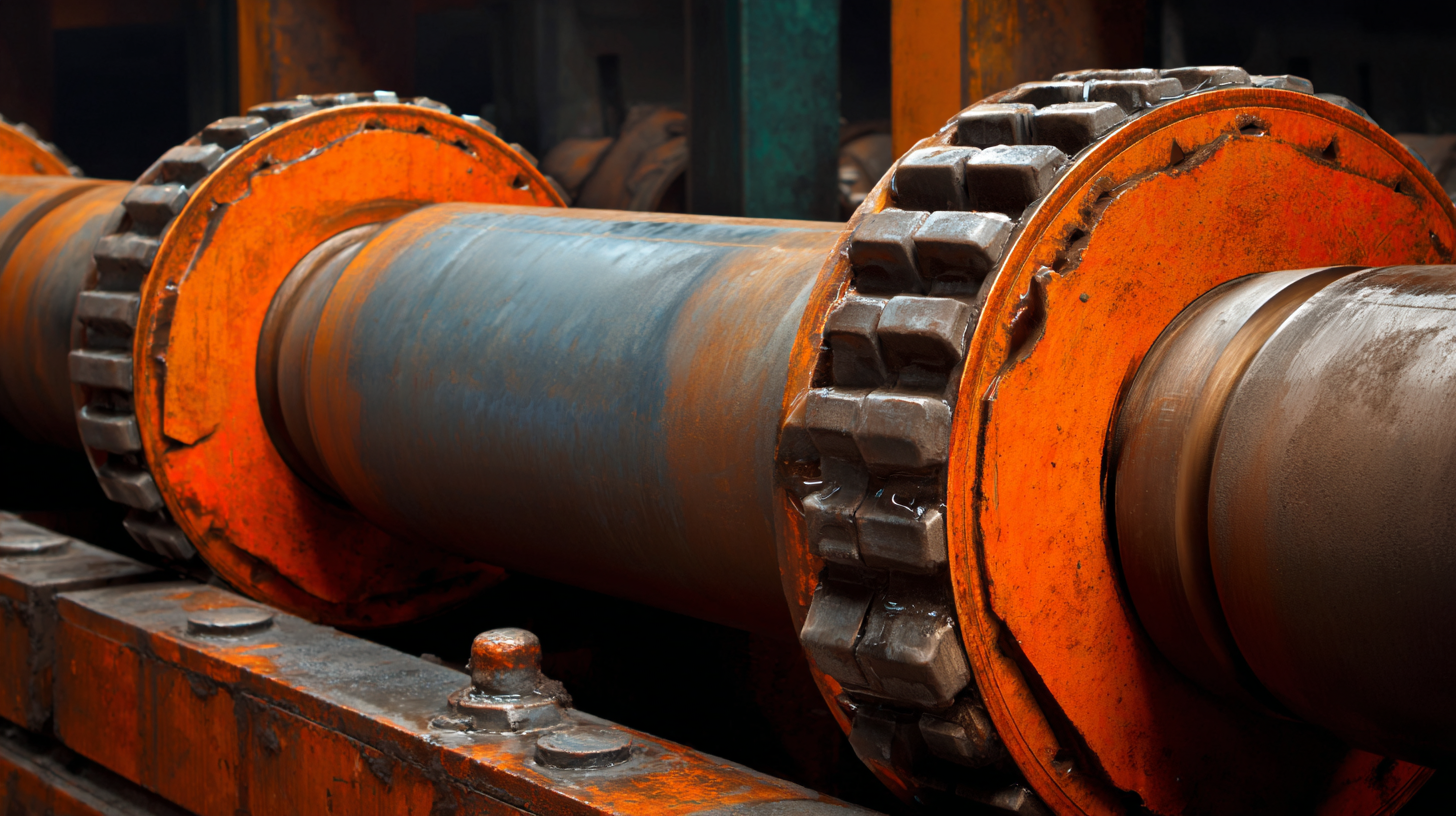In the ever-evolving landscape of the mining industry, choosing the right equipment is crucial for ensuring efficiency and safety in operations. Among various tools and accessories, the Mining Industry Roller Sleeve plays a significant role, supporting machinery and enhancing performance. However, with numerous options available on the market, selecting the most suitable roller sleeves can be a daunting task for industry professionals.

This guide aims to provide essential insights on how to effectively choose roller sleeves tailored for the mining sector. By considering critical factors such as material composition, compatibility with existing equipment, and environmental conditions, stakeholders can make informed decisions that not only improve operational efficiency but also prolong the lifespan of their machinery.
Through careful assessment, mining operations can achieve seamless performance while minimizing maintenance costs, ultimately driving productivity to new heights.
In the mining industry, the specific needs for roller sleeves are dictated by the harsh environments and demanding operational criteria. Mining operations often involve exposure to abrasive materials, extreme temperatures, and heavy loads, which can significantly affect the durability and performance of standard roller sleeves. According to a report by the International Council on Mining and Metals (ICMM), up to 30% of maintenance costs in mining are attributed to component failures, highlighting the critical importance of choosing the right materials for roller sleeves.
Tips: When selecting roller sleeves, consider options made from advanced polymers or composite materials designed to withstand abrasive conditions and provide enhanced wear resistance. Additionally, assessing the sleeve's heat tolerance is crucial, as extreme conditions can lead to material failure, increasing downtime and repair costs.
For optimal performance, it's also essential to account for the specific type of mining operation. For instance, roller sleeves used in underground mining may require different specifications compared to those used in surface mining, given the unique stresses they face. Industry studies indicate that tailored roller sleeve solutions can extend lifespan and improve efficiency by up to 25%, making an informed choice pivotal in operational success.

When choosing roller sleeves for mining applications, it is crucial to understand the different types available and their respective advantages. The most commonly used materials include polyurethane, rubber, and metal, each offering unique properties suitable for various mining conditions. According to a report by the Mining Equipment Manufacturers Association, polyurethane sleeves are favored for their superior abrasion resistance, making them ideal for handling heavy materials in harsh environments. They can withstand temperatures up to 80°C, ensuring reliability during high-load operations.

In addition to material selection, the design of roller sleeves plays a significant role in their effectiveness. For instance, textured sleeves provide better grip and reduce slippage, while grooved designs promote self-cleaning, which is essential in muddy or wet mining environments. A 2022 study published in the Journal of Mining Science highlighted that mines utilizing optimized roller sleeve designs experienced a 15% increase in operational efficiency due to reduced downtime and maintenance costs. These insights emphasize the need for mining companies to critically evaluate their roller sleeve options to enhance productivity and safety in their operations.
When selecting roller sleeves for the mining industry, the material composition is critical for ensuring durability and optimal performance under harsh conditions. According to a 2021 market report from Global Mining Review, roller sleeves made from high-density polyethylene (HDPE) exhibit superior resistance to abrasion and wear, with reports indicating up to 40% longer lifespan compared to traditional materials. This longevity not only reduces the frequency of maintenance but also enhances productivity, making them a preferred choice for many mining operations.
Tip: When assessing roller sleeves, prioritize those made from advanced composite materials, as they can offer enhanced resilience against factors such as chemical exposure and extreme temperatures, which are common in mining environments.
Additionally, it's important to consider the manufacturing process of the roller sleeves. Sleeves produced through rotational molding tend to have a more uniform thickness and better structural integrity, which is crucial for maintaining performance under dynamic loads. Industry findings show that improper thickness can lead to premature failure, compromising not just the equipment but also worker safety.
Tip: Always consult with suppliers to understand the material specifications and performance ratings before making a purchase; verifying compliance with industry standards can safeguard your investment in roller sleeves.
When selecting roller sleeves for the mining industry, the balance between cost and quality is paramount. According to a report by the International Journal of Surface Mining, Quality Assurance, and Occupational Safety, improper sleeve selection can lead to equipment malfunctions, resulting in downtime estimated to cost mining companies an average of $15,000 per hour. Investing in high-quality roller sleeves is essential, as they are designed to withstand the harsh conditions typical in mining operations, thus reducing failure rates and ensuring operational efficiency.
Tips: When evaluating roller sleeves, consider the material used— polyurethane-coated sleeves often provide superior abrasion resistance compared to standard rubber options. Additionally, benchmarking against industry standards, such as those outlined in the Mining Equipment Standards and Testing Association (MESTA), can provide valuable insights into the longevity and performance of potential sleeve options.
Moreover, while cost-effective solutions may seem appealing, they can incur higher long-term expenses due to frequent replacements and maintenance. According to mining industry analytics, companies that prioritize quality in their procurement processes see a 20% increase in equipment lifespan. Therefore, conducting a thorough analysis comparing the total cost of ownership with the expected quality and performance is crucial for making an informed decision.
When it comes to maximizing the lifespan of roller sleeves used in the mining industry, maintenance plays a crucial role. According to the International Journal of Mining Science and Technology, regular maintenance can increase equipment lifespan by up to 40%, significantly reducing replacement costs. This underscores the importance of establishing a routine inspection schedule that focuses on identifying wear and tear before it leads to equipment failure.
In addition to regular inspections, employing proper cleaning techniques is essential. Mining environments often lead to the accumulation of dust and debris, which can accelerate the wear on roller sleeves. Industry reports suggest that using high-pressure water jets or industrial vacuums to keep roller sleeves free of contaminants can enhance their performance and longevity. Moreover, lubricating the sleeves with the right types of industrial-grade oils can reduce friction and prevent premature degradation, leading to a more efficient operation and lower maintenance costs. By adhering to these practices, mining companies can ensure their roller sleeves function optimally while extending their operational life.
| Dimension | Material | Coating Type | Recommended Applications | Maintenance Frequency | Estimated Lifespan |
|---|---|---|---|---|---|
| 100 mm x 50 mm | Polyurethane | Abrasion Resistant | Coal Handling | Monthly | 2-3 years |
| 150 mm x 75 mm | Natural Rubber | High Capacity | Mineral Transport | Bi-Weekly | 3-5 years |
| 200 mm x 100 mm | Nitrile | Oil Resistant | Heavy Equipment | Quarterly | 5-7 years |
| 250 mm x 125 mm | Steel-reinforced Rubber | Heavy Duty | Aggregate Handling | Semi-Annually | 7-10 years |






